If you listened to the full interview with avocado grower/Master Gardener Greg Alder in Ep. 360 of the Garden Basics podcast, you got a good fundamental education on growing backyard avocados. We covered such topics as:
Growing Conditions for Avocados
Fertilization Tips
The importance of watering avocado trees
The Role of Mulch
Soil Testing for Success
Cold Tolerant Avocado Varieties
The Flavor Profile of Avocado varieties
Top Avocado Varieties to Grow
Understanding Avocado Pollination
The “Single Tree” productivity of avocado trees
Growing Avocados in Different USDA Zones
Avocado Growing across the U.S.
Managing Greenhouse Conditions for Avocado Trees
Again, go back and listen to the original interview in the Garden Basics podcast, Episode 360.
The part of our chat with Greg Alder that intrigued me the most, though, was our brief discussion of the flavors of various avocado varieties. It is that part that is excerpted above, at the top of the newsletter. After all, why plant something you wouldn’t be thrilled to eat? His choices for the best tasting avocados included the Hass, Gwen, Sharwil, Reed, GEM, and Fuerte.
The newsletter podcast includes the ravings of another fruit-oriented lunatic, Ed Laivo, who has spent most of his adult life talking about, growing, and selling fruit trees. His latest venture is a fruit-based You Tube page “Ed Able Solutions”. The excerpt above includes the audio of one of his You Tube postings, praising the Reed avocado.
Another fruit fanatic whose opinion I respect is Tom Spellman, the Southern California representative for Dave Wilson Nursery. When posed with the question, “What are your favorite tasting avocados?”, Tom replied:
“Fred, I agree with all of Greg’s picks. Some other favorites of mine are Pinkerton, Jan Boyce, and Stewart. Best recommendations for California home growers is to plant a small collection of varieties including both A and B flowering types that will give you fruit year round. For example, If you had the Fuerte, Hass, Reed, and Stewart, you would have four overlapping varieties so you can almost always be able to harvest from two. Right now I still have Hass and am starting on the Reeds. Hass will finish about the time Stewart comes on. However, in Northern California, you also have to consider adaptability.”
Oh yeah, adaptability to other areas. As Greg Alder pointed out in our Garden Basics interview, avocados have a narrow sweet spot for growing conditions: not too hot, not too cold, the correct humidity, minimal drying winds, the right amount of water. Parts of the San Francisco Bay Area come the closest to providing that avocado ideal climate. Here in the Central Valley of California, where temperatures have a wider swing, a successful backyard avocado tree usually has these conditions in common: afternoon shade, protection from heavy winds, lots of mulch, reflective surfaces for winter heat, such as a nearby concrete patio, or a nearby west or south-facing fence. And of course, plenty of water to maintain evenness of the soil moisture. Oh, and that soil - preferably not too much clay - should drain fairly quickly.
Years ago, as the area’s chief Avocado Skeptic, I pointed out in a Farmer Fred Rant! Blog Post entitled: “Avocados in Sacramento? Good Luck!” that the varieties that seem to have the best success here are Bacon, Zutano, Mexicola, Fuerte, Pinkerton, Jim, Sir Prize, and Stewart. However, “success” does not necessarily equate “outstanding taste”.

But trying to choose avocado varieties based on the information regarding their heat and cold tolerances is not an easy task, nor the complete criteria.
From Greg Alder:
“There is very little info out there on cold and heat tolerance of avocado varieties because the assessment of this is more complicated than it would seem.
One, varieties tolerate cold and heat in different ways. For example, sometimes one variety's leaves get burned in heat while they hold on to their fruit (Pinkerton) whereas another variety's leaves do not get burned but they drop their fruit (Reed). So which is more heat tolerant?
Two, many factors beyond the scion variety affect an individual tree's performance in cold or heat: rootstock, timing of the cold/heat, underlying (invisible) health of tree, crop load, and more. So you can see a row of trees all of the same variety with variable damage after a hot or cold spell.
But here is what I can say: My place (in Ramona, east of San Diego) is both slightly too hot and too cold for avocados every year. My trees get some cold damage and some heat damage every single year. In this kind of environment, I have learned two main lessons:
Protect trees until they are about six feet tall, and then they can recover well from cold or heat damage. Avocado trees are wimps when young, but they get surprisingly resilient after that size.
All the best varieties are worth trying. There is not a large difference in heat or cold tolerance among the varieties that have the best fruit.
Here are a few links to posts Greg has written where he describes or show some minor differences between varieties and ways to protect from heat and cold:
Protecting avocado trees from cold
Protecting avocado trees from heat
Heat tolerance of avocado varieties
Growing avocados in California's Central Valley

Avocados, Australian Style
Did you know that on a per capita basis, the country that consumes the most avocados is Australia? At least, that’s what the marketing department of Australia’s avocado growers, Avolution, claims. So, it’s only right we get their input on the best tasting avocados, along with their PR spiel:
Avocado lovers are spoiled for choice when it comes to the variety of this delicious and nutritious fruit. In Australia, avocados are produced all year round due to the range of climates and conditions across eight major avocado growing regions. The country’s diverse production landscape has led to the cultivation of numerous avocado varieties, each with its unique characteristics. This article will introduce some of the best avocado varieties to try, with a focus on the Australian market.
I. Hass: The Dominant Variety
Hass is the main avocado variety in Australia, representing 83% of production in 2021/22. This popular cultivar is produced almost all year round across the country’s production regions. Hass avocados are known for their thick, pebbly skin that turns from green to a dark purplish-black when ripe. The fruit has a creamy, buttery texture and a rich, nutty flavour, making it a versatile choice for various dishes, from guacamole to avocado toast.
II. Shepard: The Late Summer and Autumn Star
Shepard avocados, harvested in Queensland through late Summer and Autumn, make up 14% of Australia’s total avocado production. During this time of year, they become the dominant variety on the Australian market. Shepard avocados have smooth, green skin that remains green even when ripe. Their flesh is also buttery and smooth, with a slightly sweeter taste compared to Hass avocados. This variety is ideal for salads, as its firmer texture helps it maintain its shape when sliced or diced.
III. Unique Varieties Worth Exploring
While Hass and Shepard avocados dominate the Australian market, there is a multitude of other varieties worth trying, accounting for the remaining 3% of the country’s avocado production. Some of these unique cultivars include:
Reed: This large, round avocado has a thick, slightly pebbled skin and a rich, creamy texture. Reed avocados are known for their exceptional taste and are often considered a gourmet variety.
Fuerte: With its smooth, green skin and pear-like shape, Fuerte avocados have a creamy texture and a delicate, nutty flavor. This variety is excellent for slicing and adding to sandwiches or salads.
Pinkerton: Pinkerton avocados have a distinctive elongated shape, smooth green skin, and a small seed. The fruit boasts a creamy texture and a mild, nutty flavor.p
GEM: A relative of the Hass avocado, GEM avocados have a similar taste and texture but are slightly smaller in size. They are known for their high oil content, making them a delicious and nutritious option.
Australians are the highest consumers, per capita, of avocados in the English-speaking world, a title they have proudly maintained. According to “Facts at a Glance,” a report compiled by Avocados Australia, Australian avocado production is forecast to increase significantly over the next few years, with at least 115,000 tonnes per annum expected to be produced by 2025. This growth reflects the country’s ongoing love affair with avocados and the diverse range of varieties available.
Conclusion
Australia’s avocado market offers an impressive selection of varieties for consumers to enjoy. While the popular Hass and Shepard avocados dominate the market, other unique cultivars like Reed, Fuerte, Pinkerton, and Gem are worth exploring for their distinct flavours and textures. As the Australian avocado industry continues to grow, avocado enthusiasts can look forward to trying even more delicious varieties in the future.
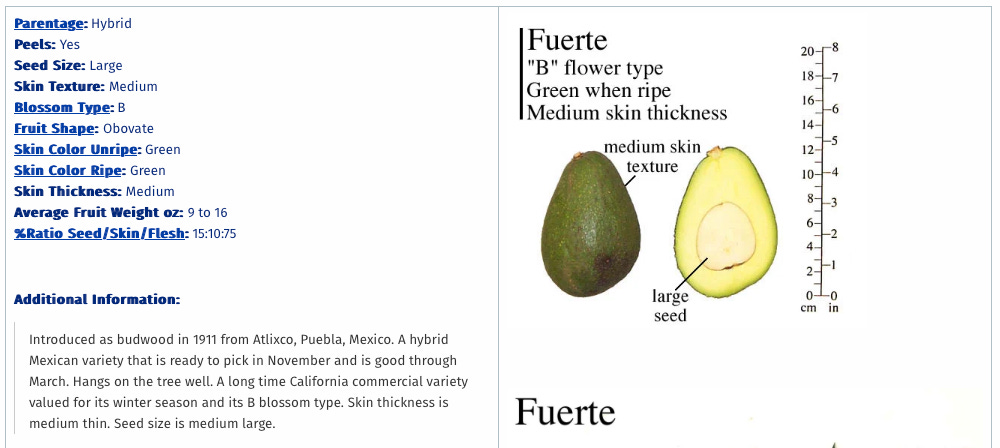
Finally, no survey of the best tasting varieties would be complete without consulting America’s new favorite expert on everything, Google Generative AI:
• Hass
The most popular and widely available variety, Hass avocados are known for their buttery, meaty texture and subtly nutty flavor.
• Fuerte
With a pear-like shape and smooth green skin, Fuerte avocados are sweeter and fruitier than Hass avocados, with a creamy texture and delicate, nutty flavor.
• Reed
This large, round avocado has a thick, slightly pebbled skin and a rich, creamy texture.
• Shepard
This avocado has a milder flavor than Hass avocados and firm flesh that maintains its structure well.
• GEM
A relative of the Hass avocado, GEM avocados have a similar taste and texture but are slightly smaller in size.
So, backyard gardeners…do you feel lucky?
Thanks for reading Beyond Basics: The Garden Basics with Farmer Fred Newsletter! Subscribe for free to receive new posts and support my work.
Thank you for also listening to the Garden Basics with Farmer Fred podcast! It’s available wherever you get your podcasts. Please share it with your garden friends.
Fred Hoffman is also a University of California Cooperative Extension Master Gardener in Sacramento County. And he likes to ride his bike(s).

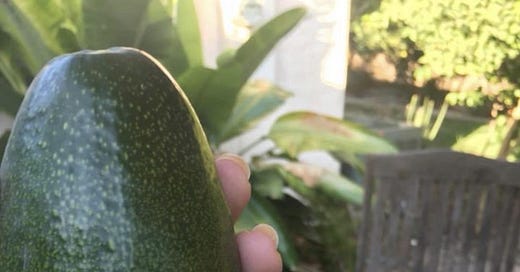



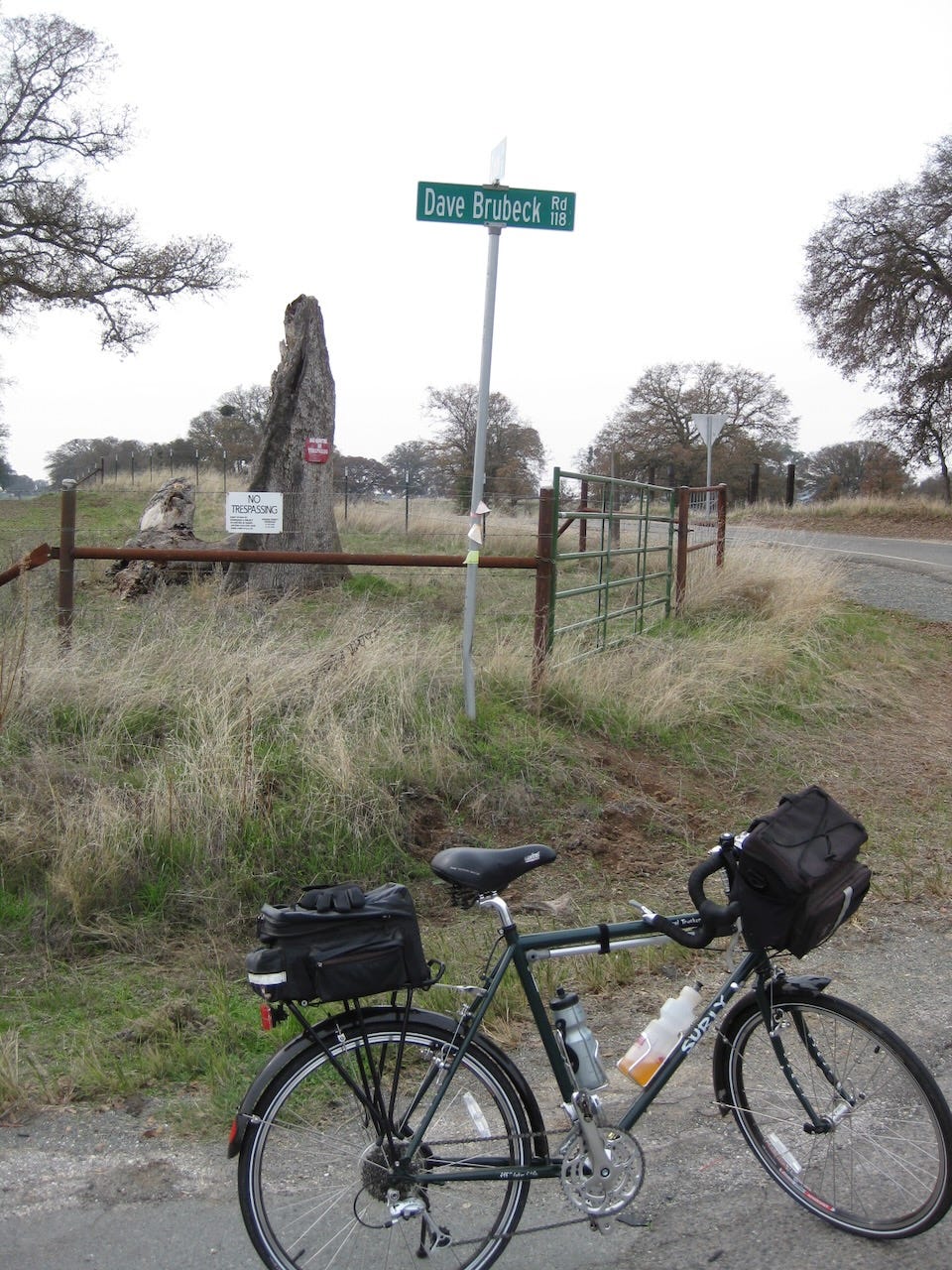

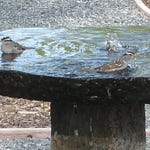


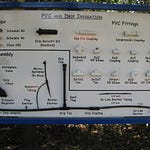

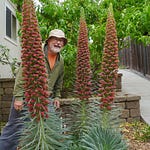

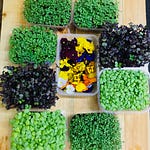
Share this post